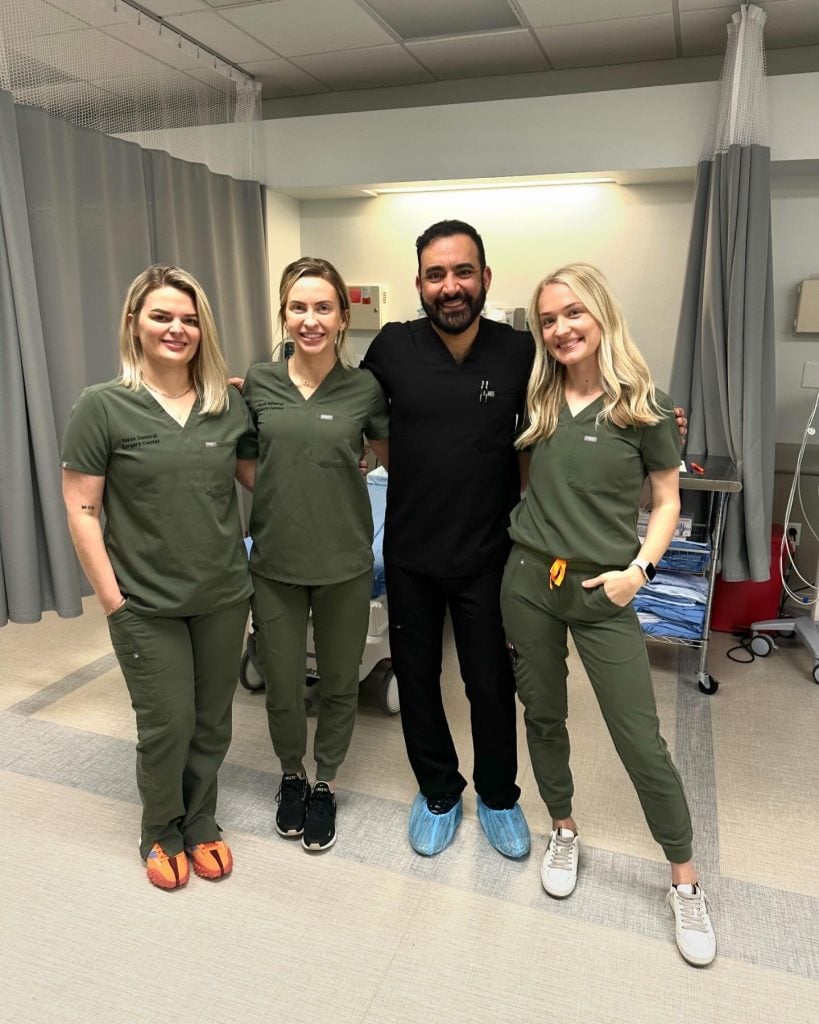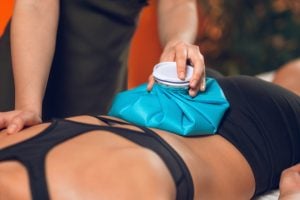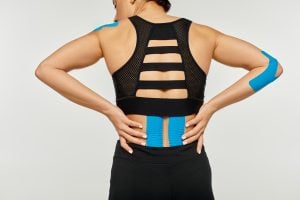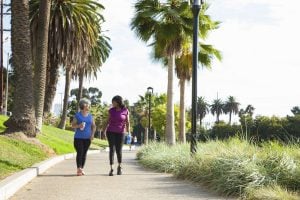PRP Therapy for knee pain is becoming an increasingly popular treatment. But what exactly is PRP therapy? PRP stands for Platelet-Rich Plasma, which involves using a patient’s blood to help heal injuries. If you’re dealing with knee pain, understanding the recovery timeline and tips can help you maximize your results.
Understanding PRP Therapy for Knee Pain: Recovery Stages and Best Practices
After your PRP knee therapy, it’s important to know what to expect. The recovery process typically involves several stages. In the first few days, you might experience some swelling and discomfort. This is normal and part of your body’s healing process. Dr. Ghalambor, an internist and anesthesiologist with fellowship training in interventional pain management from Massachusetts General Hospital, Harvard Medical School, explains, “The initial swelling is a sign that your body is responding to the treatment and starting the healing process. It’s crucial to rest and avoid strenuous activities during this phase to allow proper healing.”
Step-by-Step PRP Knee Therapy Recovery Timeline
The next few weeks are crucial for your recovery. By the second week, you may start to see improvements in your knee’s range of motion. Physical therapy can be beneficial during this stage to strengthen the muscles around your knee and improve stability. “Engaging in light physical activities under the guidance of a professional can enhance the recovery process by promoting blood flow and reducing stiffness,” advises Dr. Ghalambor.
Around the third to fourth week, you should continue to see gradual improvements. Pain should decrease, and you may be able to return to more normal activities. However, it’s important to listen to your body and not push too hard. Dr. Ghalambor notes, “Patience is key during this period. Overexertion can lead to setbacks, so it’s important to follow your recovery plan closely.”
How PRP Therapy Can Alleviate Knee Pain: Detailed Recovery Guide
To ensure a smooth recovery, follow these expert tips. Ice your knee regularly to reduce swelling, and keep it elevated when possible. Wearing a knee brace can provide additional support during the healing process. “Staying hydrated and eating a balanced diet rich in vitamins and minerals can also promote faster healing,” suggests Dr. Ghalambor. Proper nutrition plays a significant role in the body’s ability to repair tissues.
PRP Therapy for Knee Pain: Expert Tips for a Smooth Recovery
It’s normal to feel anxious about the recovery process, but remember that healing takes time. Keeping a positive mindset and being patient is crucial. Regular follow-ups with your doctor will help monitor your progress and make any necessary adjustments to your recovery plan. “Consistent communication with your healthcare provider ensures that any complications are addressed promptly, leading to a more effective recovery,” says Dr. Ghalambor.
Recovering from PRP Therapy for Knee Pain: What to Expect
Many patients wonder about the cost of PRP therapy for knee pain. While prices can vary, it’s an investment in your health. Affordable PRP knee treatment options may be available, so it’s worth discussing with your healthcare provider. “Investing in PRP therapy can lead to significant long-term benefits, reducing the need for more invasive treatments down the line,” Dr. Ghalambor explains.
PRP Knee Therapy Recovery: Timeline, Tips, and Success Stories
Success stories from other patients can be encouraging. Many people have found significant relief from knee pain with PRP therapy, allowing them to return to activities they love. Sharing your own recovery journey can also inspire others going through similar experiences. “Hearing positive outcomes from other patients can provide motivation and hope during the recovery process,” notes Dr. Ghalambor.
Maximizing Recovery After PRP Therapy for Knee Pain: Essential Tips
Scheduling a consultation for PRP knee therapy can be the first step towards a pain-free life. Finding the best PRP therapy for knee pain near you is crucial. NorTex Spine & Joint Institute offers top-notch care in Allen, McKinney, Frisco, and Dallas. “Our team is dedicated to providing personalized care that addresses the unique needs of each patient,” assures Dr. Ghalambor.
PRP Therapy for Knee Pain: Recovery Phases and Helpful Advice
Throughout your recovery, it’s important to stay informed and proactive. Following your personalized PRP knee therapy recovery plan and adhering to your doctor’s recommendations will ensure the best outcome. Each phase of recovery is important, and taking it one step at a time can lead to lasting relief. “Adhering to your recovery plan meticulously can significantly enhance the effectiveness of PRP therapy,” Dr. Ghalambor emphasizes.
Achieving Optimal Results with PRP Knee Therapy: Recovery Insights and Tips
If you’re ready to book PRP therapy for knee pain or have questions about the treatment, contact NorTex Spine & Joint Institute today. Schedule your consultation to discuss your options and create a treatment plan tailored to your needs. Take the first step towards a pain-free future with PRP therapy. “Our goal is to help you achieve optimal results and improve your quality of life through effective pain management strategies,” says Dr. Ghalambor.


